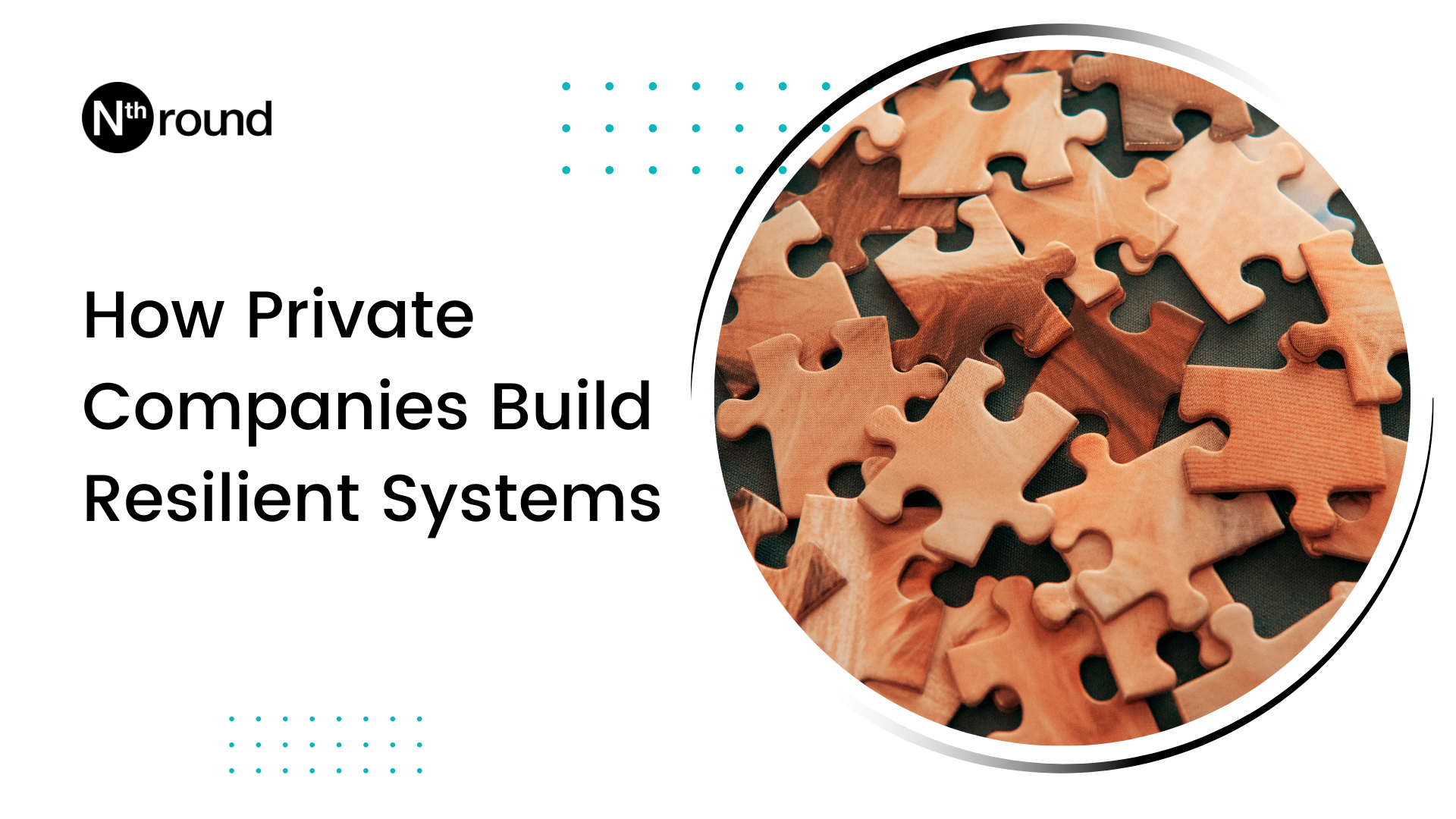It usually starts the same way. A late-night email from a shareholder who can’t find the document they need. A frantic phone call when tax season exposes discrepancies in last year’s records. Or the familiar scramble before a board meeting when ownership data doesn’t add up. In those moments, leaders aren’t thinking about strategy or growth. They’re stuck reacting.
Most private companies know this cycle all too well. And while every fire eventually gets put out, the next one is always waiting. What separates the companies that scale with confidence from those that constantly play catch-up is not luck or extra manpower. It’s the systems they rely on.
Making the shift from reactive to proactive systems requires a framework that leaders can apply consistently. One of the most effective philosophies is straightforward: Find It. Fix It. Prevent It.
Find It: Pinpoint the Pressure Points
Resilience begins with clarity. Every company has bottlenecks that appear again and again. For some, it’s tax season, when ownership records are spread across disconnected spreadsheets and last-minute reconciliations eat up nights and weekends. For others, it’s the missing proxy votes that delay decisions or the repeated shareholder questions that signal communication gaps.
These recurring breakdowns are more than inconveniences. They represent the hidden cost of running in reactive mode: wasted hours, strained relationships, and a loss of confidence from those who matter most. The first step is acknowledging where the cycle keeps repeating.
Fix It: Build Repeatable Processes
Once the weak spots are visible, companies can begin to strengthen them. Fixing does not always mean introducing something entirely new. More often, it means standardizing what already exists, consolidating scattered workflows, and removing single points of failure.
Take dividend distributions. Without a process, every cycle feels like reinventing the wheel, with notices going out late and payments delayed. By creating a repeatable workflow that handles notices, payments, and shareholder updates in one sequence, leaders eliminate the scramble. Fixing one bottleneck often unlocks benefits in three other areas—board reporting becomes smoother, shareholders are better informed, and administrators finally get back hours of their week.
Prevent It: Invest in Systems That Scale
Prevention is where resilience takes root. Proactive companies move beyond fixes and adopt systems designed to grow with them. This means unifying shareholder communication, ownership reporting, distributions, and voting into one connected environment instead of isolated, manual tasks.
Consider shareholder portals. When documents, notices, and equity details all live in a central, secure place, there is no need for last-minute email chains or rushed updates before meetings. Cracks don’t widen into crises because the system itself prevents them from forming. Prevention is about building confidence in the present while preparing for the complexity that tomorrow will bring.
A Framework That Lasts
Find It. Fix It. Prevent It. is not a band-aid. It is a philosophy to break out of the cycle of reaction and build systems that scale. Those who adopt it stop waiting for the next fire drill and start creating processes that bring clarity, trust, and stability across the organization.
That is the shift we will explore in greater detail during our webinar The Cost of Waiting: Lessons from Families Who Modernized Too Late. If you are ready to take a closer look at how proactive systems can reshape governance and shareholder administration, join us for the webinar or connect with our team directly.
--
This content is for informational purposes only and should not be considered investment, legal, or financial advice. Always consult with a qualified professional before making any decisions related to equity management or shareholder transactions.




